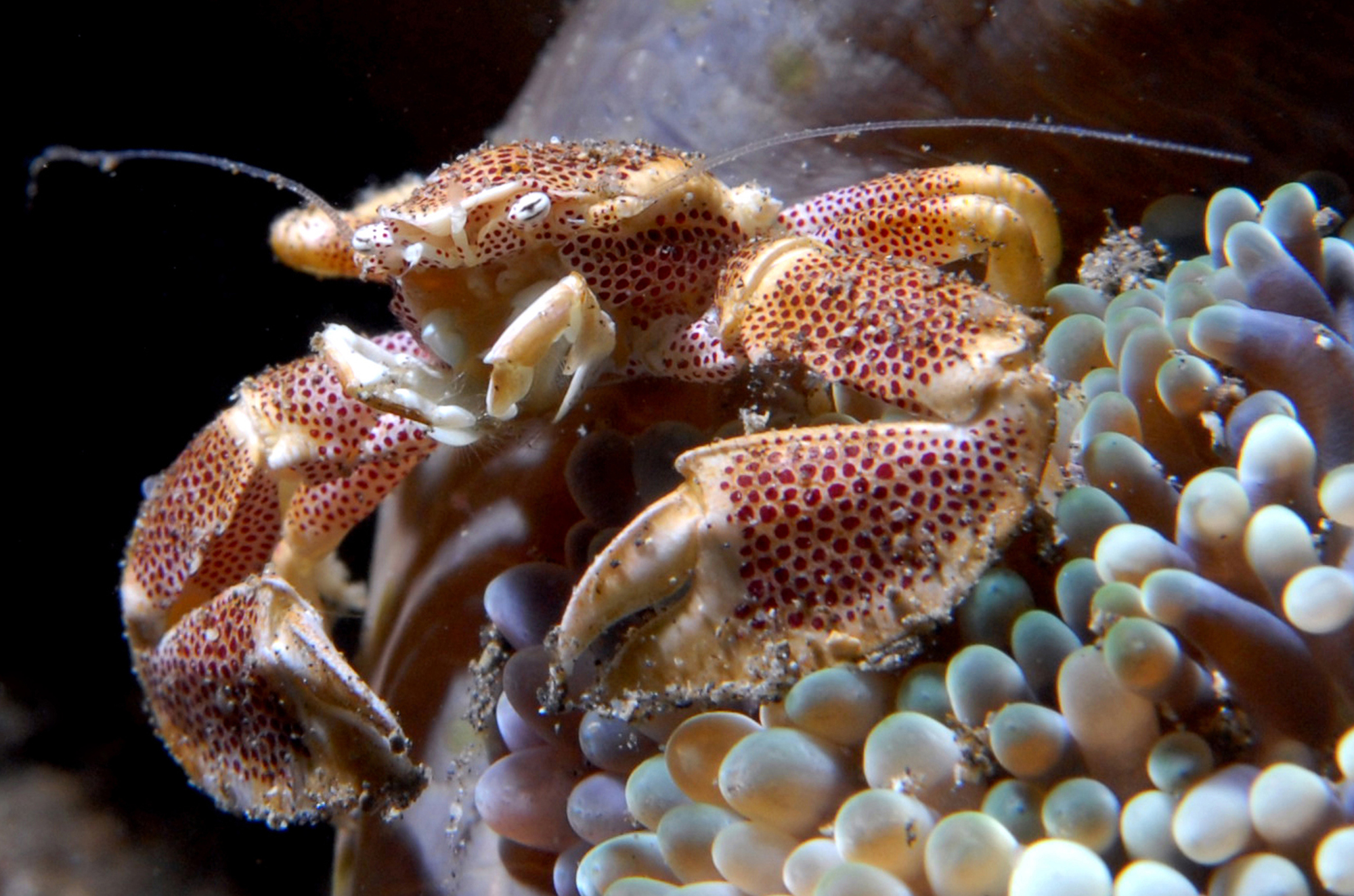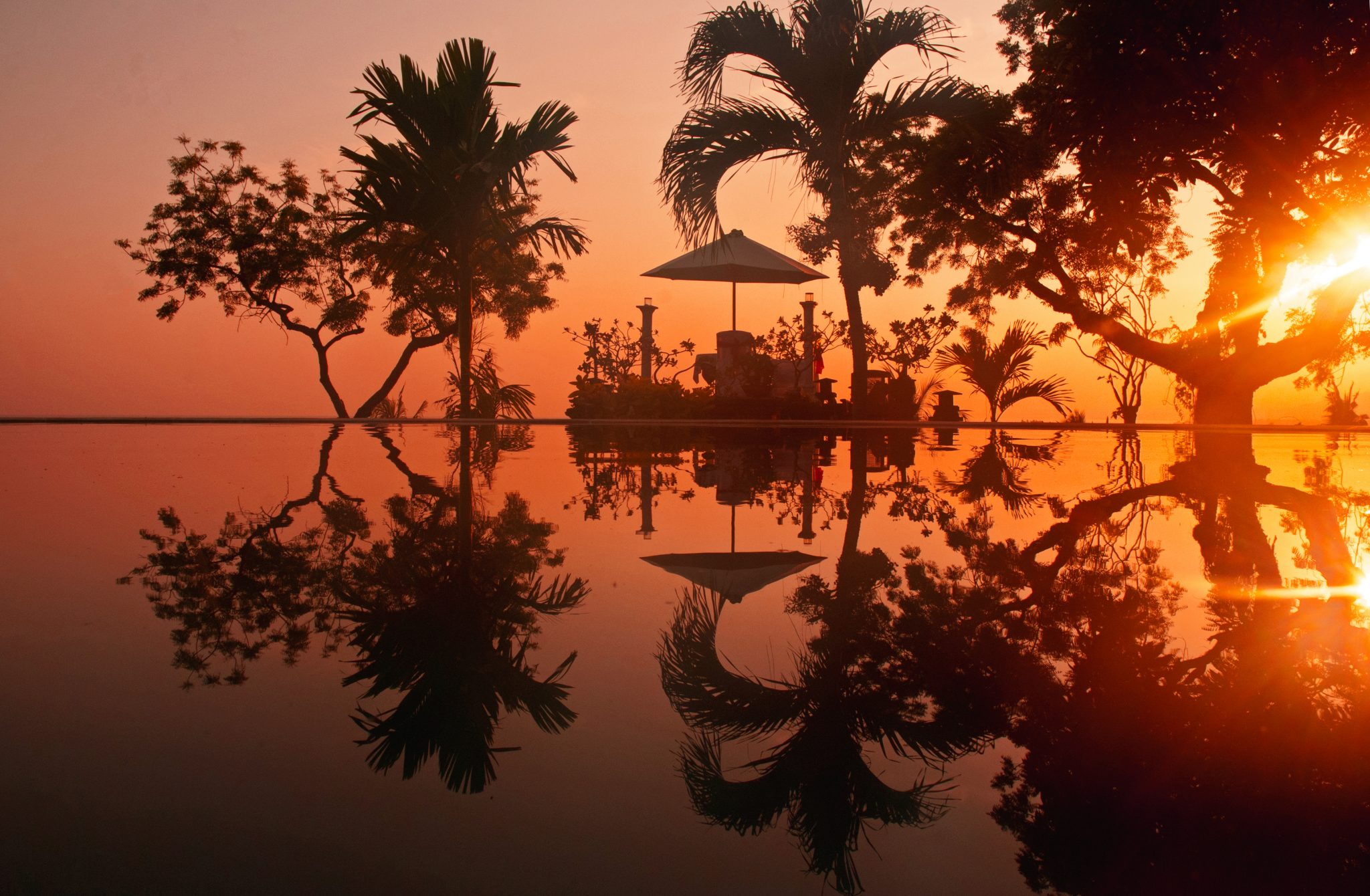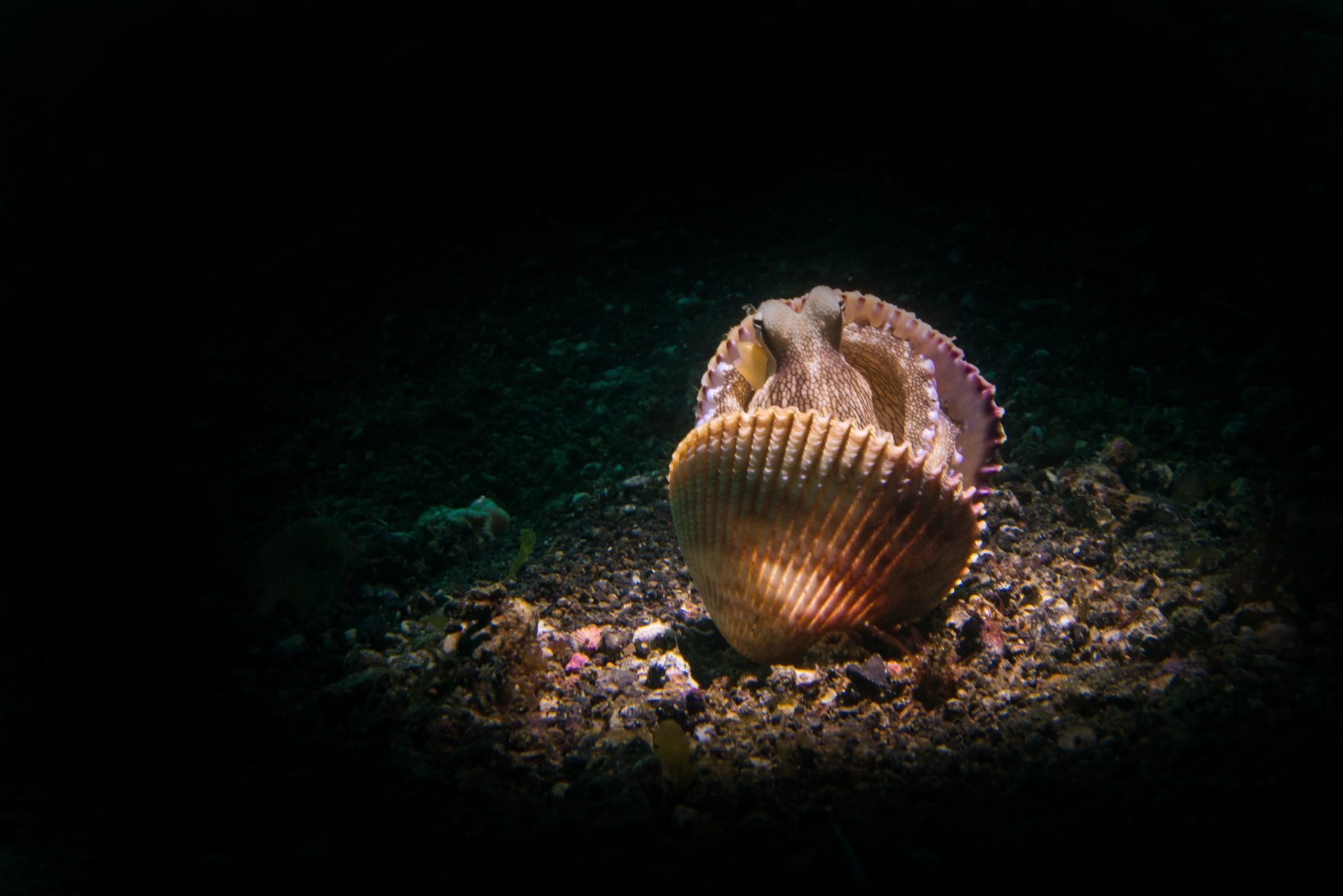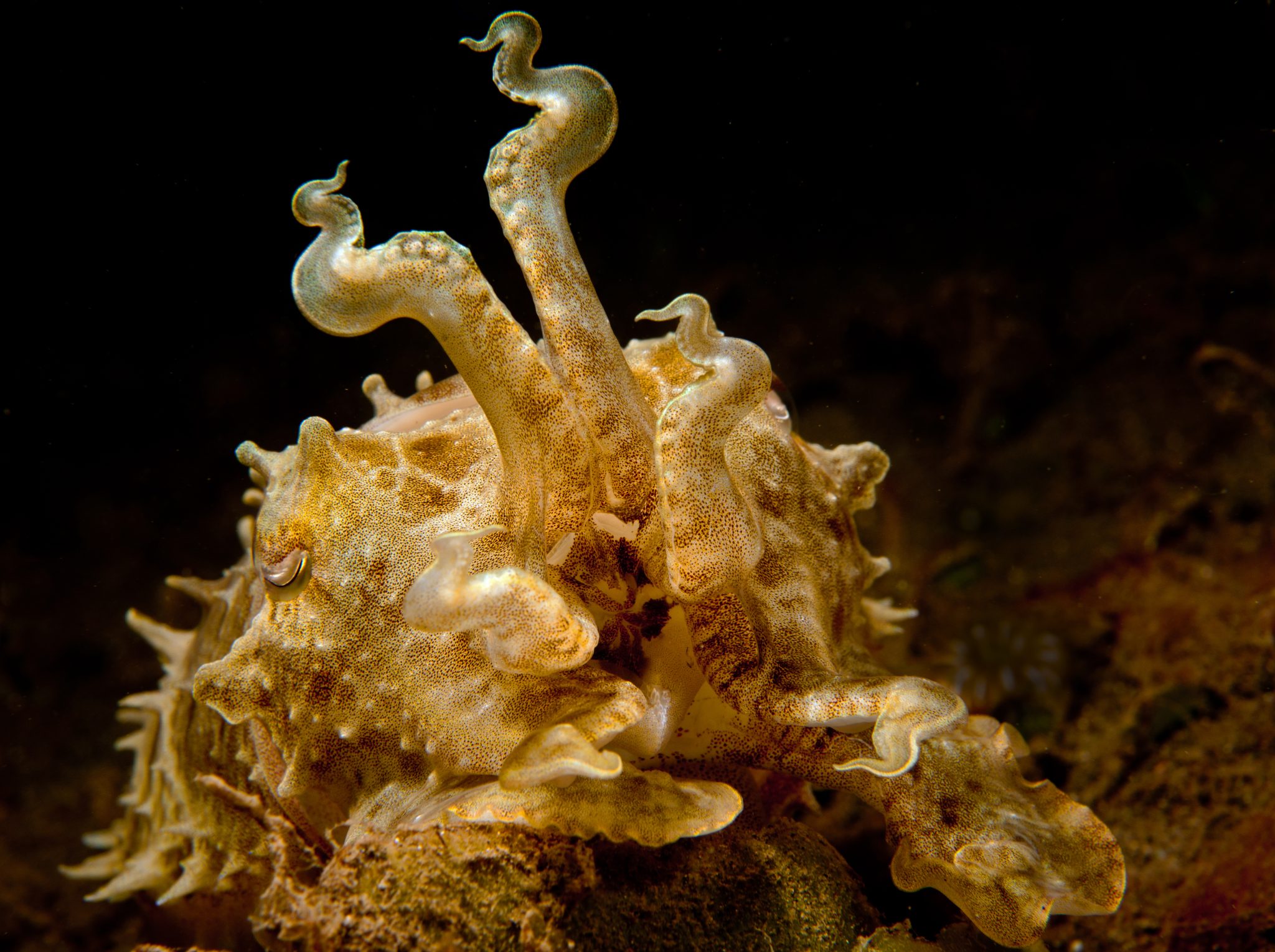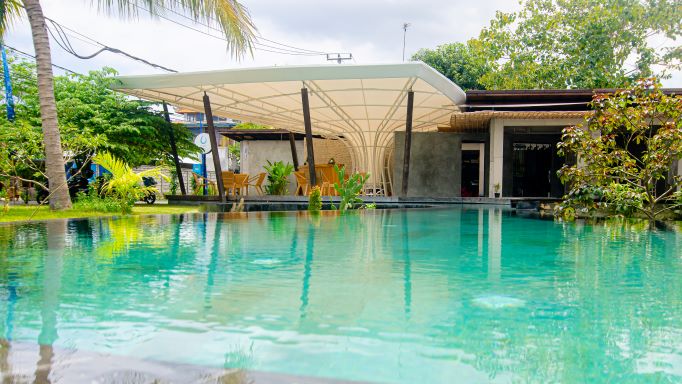Alor Tanapi Dive Resort is located in the captivating paradise of Alor, and offers a haven for divers seeking unforgettable experiences. With pristine waters and a rich marine ecosystem, Alor has long been hailed as a hidden gem in the diving world. Now, we invite you to join us in uncovering its breath-taking beauty. Here are just a few highlights Read more...
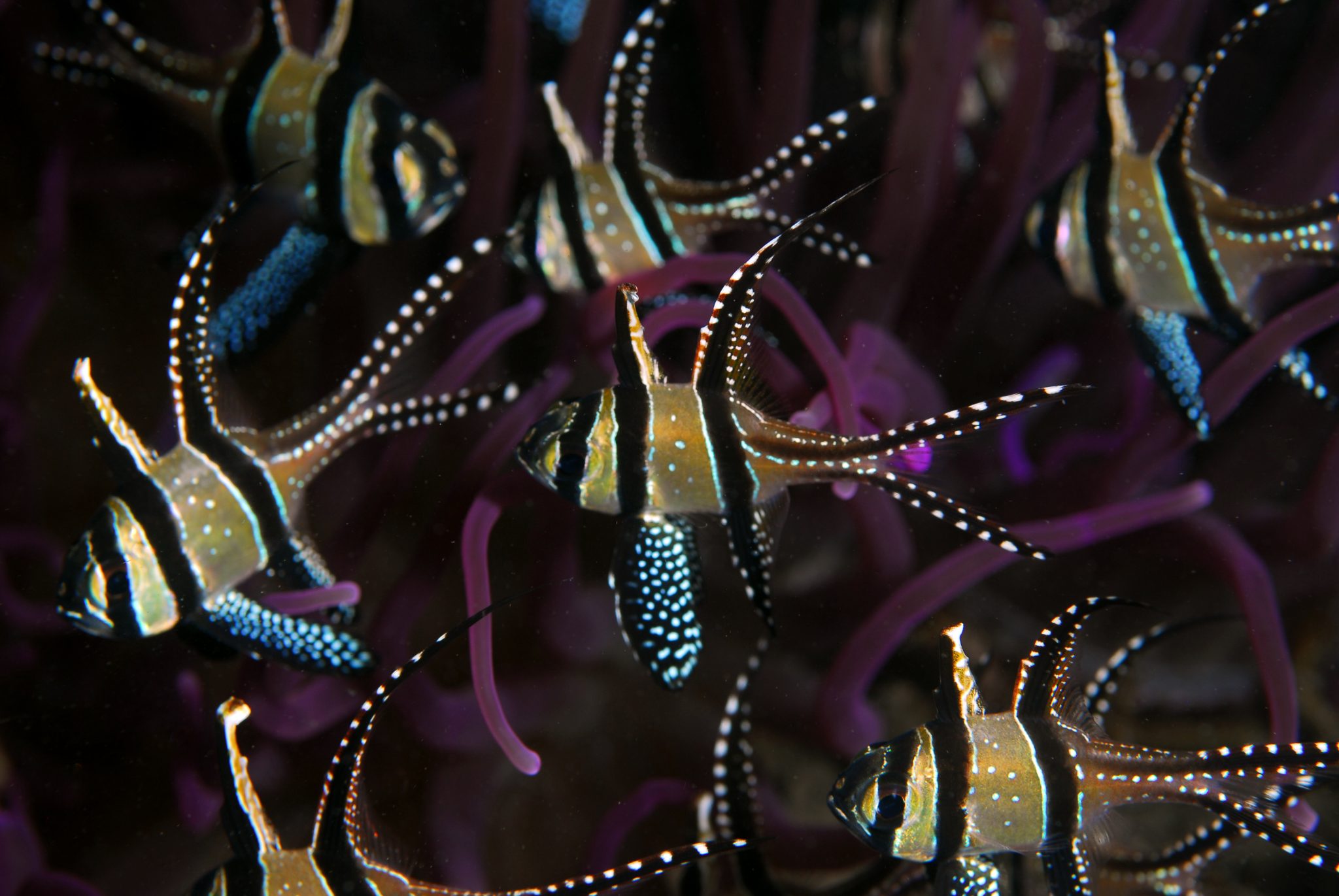

Overview
Fact File
| Capital | Jakarta |
| Population | 279,100,000
|
| Languages | Indonesian
|
| Time | GMT +7-9 |
| International Dialling Code | +62
|
| Money | Indonesian Rupiah (Rp/IDR)
|
| Air Temperature (average) | 28°C |
| Water Temperature (average) | 29°C |
| Tourist Board | |
| International Airports | Soekarno-Hatta International Airport, Jakarta (CGK), Ngurah Rai, Bali (DPS), Junda, Surabaya (SUB), Hasanuddin, Makassar (UPG), Kuala Namu, Medan (KNO), West Java Kertajati, West Java Province (KJT).
|
About The Diving
An epicentre of biodiversity, Indonesia is home to 25% of the world’s fish (around 3000 different species) and over 70% of the world’s coral species. Whatever diving you enjoy (reefs, drifts, big pelagic encounters, macro muck diving, wrecks, luxury resorts, budget stays or liveaboards) there is such a great variety of dive sites and operators to choose from, which means the toughest decision is going to be where to start!
Video
Dive Highlights
Bali
Bali is both the most popular tourist destination in Indonesia and the most convenient for travel. This vibrant, lush and beautiful island has a huge number of options both above and below water and is arguably the best spot in the country for a holiday for a mixed party of divers and non-divers. There are a huge number of dive operators and resorts to choose from to suit all budgets. Underwater, Bali has a bit of everything: wrecks, reefs, walls, macro, megafauna and muck diving. From freediving and snorkelling to technical diving, there are sites to suit every diver.
The wreck of the USAT Liberty can be accessed from the shore in Tulamben and lies between 7.5-30m deep on a sandy slope. A 125m long cargo ship, the Liberty was torpedoed by a Japanese submarine in 1942 and washed into the sea by the eruption of nearby Mount Agung in 1963. The wreck is covered in life; this along with the easily accessible location and depth make it a fantastic wreck dive for all levels.
Tulamben is also home to more great dive sites: the Drop-off, a fantastic wall dive suitable for a fun dive searching out pygmy seahorses on the gorgonians, or going deep with some technical diving, and Seraya Secrets, a fantastic muck diving spot, home to “donut” dots nudibranch as well as frogfish, harlequin shrimp and boxer crabs.
Lembongan is famous for its pelagic life. Nusa Penida has resident reef manta rays who frequent the cleaning stations along the southern coast and between July and September mola-mola can be seen at Crystal Bay.
Komodo
The Komodo National Park is home to the most incredible diving; the currents here can be raging, bringing a huge amount of life and some wildly exciting dives. Suited to experienced divers, reefs like Batu Bolong have so much sea life it is like diving in a giant aquarium. Huge schools of fish, sharks, napoleon wrasse and turtles are common place, as is some of the most vibrant soft coral you will ever see. Other sites like Shotgun allow advanced divers with a taste for adventure a great adrenaline rush, feeling the power of the current forced through a narrow gap in the reef. If that wasn’t enough reason to visit, on land you can visit the largest carnivorous lizards in the world: the Komodo Dragons. Diving here is accessible from Labuan Bajo and the most popular way to dive here is via liveaboard.
Bunaken & Manado
Known for its incredibly clear waters and wall diving, the variety of coral and macro life found in Bunaken National Park is mesmerising. Also home to white and black tip reef sharks, sea turtles and much more, there is no shortage of life to impress.
Manado Bay, just 30 minutes from the airport, offers a mix of reef and muck diving, treating divers to everything from reef sharks and barracuda to seahorses and mimic octopus.
Raja Ampat
Raja Ampat holds the record for the most number of fish species recorded on any dive (374!), and is an area where new species are still being discovered. An archipelago of 1500 small islands, it holds not only a biodiversity hotspot, but also a rich WWII history. Often dived from a liveaboard, the reefs here are kaleidoscopic. Whale sharks and mantas can be seen as well as interesting wrecks, like sunken fighter planes.
Lombok
Lombok is one of the few places it is possible to dive with both scalloped and great hammerhead sharks; with untouched reefs, drop offs, pinnacles and macro life it has a huge amount to offer. Belongas bay has sharks and macro, whereas the Gili Islands are busting with turtles, clear waters, small coral reefs and perfect beaches. Gili islands also have very competitively priced dive courses, so can be a good option for beginners or those wishing to continue their dive education.
Lembeh
Often referred to as the muck diving capital, Lembeh Strait in North Sulawesi is a macro and rare species paradise. Pygmy seahorse, mimic octopus, flamboyant cuttlefish, hairy frogfish, mandarin fish and ornate ghost pipefish are just a few of the species you are likely to see. Diving here is resort based, with plenty of options just a few minutes boat ride from the best dive sites in the Strait.
Wakatobi
The Wakatobi Islands in the Banda Sea have marine park status and are a less crowded destination, with gentle currents and 25 coral reefs to explore. This more isolated location has allowed many reefs to remain pristine, with regular sightings of dolphins, turtles and mantas. This is great location for beginners and also for those seeking a more relaxed pace.
Maluku
Maluku is home to Ambon Bay, a truly spectacular muck diving location. The much coveted psychedelic frogfish can be seen here as can mandarin fish, wonderpus, rhinopias, ghost pipefish, harlequin shrimp and stonefish.
Ambon is largely resort based. For those headed out on a liveaboard, the Banda Sea, southwest of Maluku is home to excellent wall diving with large schools of fish and the chance to see schooling hammerheads. The tiny uninhabited volcanic islands of Gunung Api and Manuk are also becoming popular sites to dive with the resident sea snake populations.
Alor
Alor is a real hidden gem of Indonesia, with a heady mix of untouched reef, walls and muck diving. It is known as an underwater photographer’s paradise with the option to hunt for macro subjects like nudibranchs, frogfish, pygmy seahorses and leaf scorpionfish, or pop on a wide-angle lens for some mola mola and sharky action. Liveaboards do visit the area, but most diving is resort based.
Derawan Islands
Off the East coast of Borneo, in the East Kalimantan province, are the Derawan Islands. Of the 31 islands, four have become popular for diving.
Sangalaki Island has become one of the best places to dive with manta rays, which are present year-round. At full moon between April and October divers can be surrounded by more than 20 of these incredible creatures. The nearby island of Kakare is home to the jellyfish lake, Maratue Island has huge schools of barracuda, reef sharks and eagle rays, and Derawan itself has seasonal whale sharks and decent muck and drift diving. There is less infrastructure in the area, but both resort and liveaboard options are available.
When To Go
It is possible to dive in Indonesia year-round, however in most locations the best weather is in the dry season (April-October) with calmer seas and better visibility. As Indonesia is such a vast country it does depend on the location. The main Manta ray season in Komodo is in the rainy season November-March. In Maluku the wet and dry seasons are reversed.


